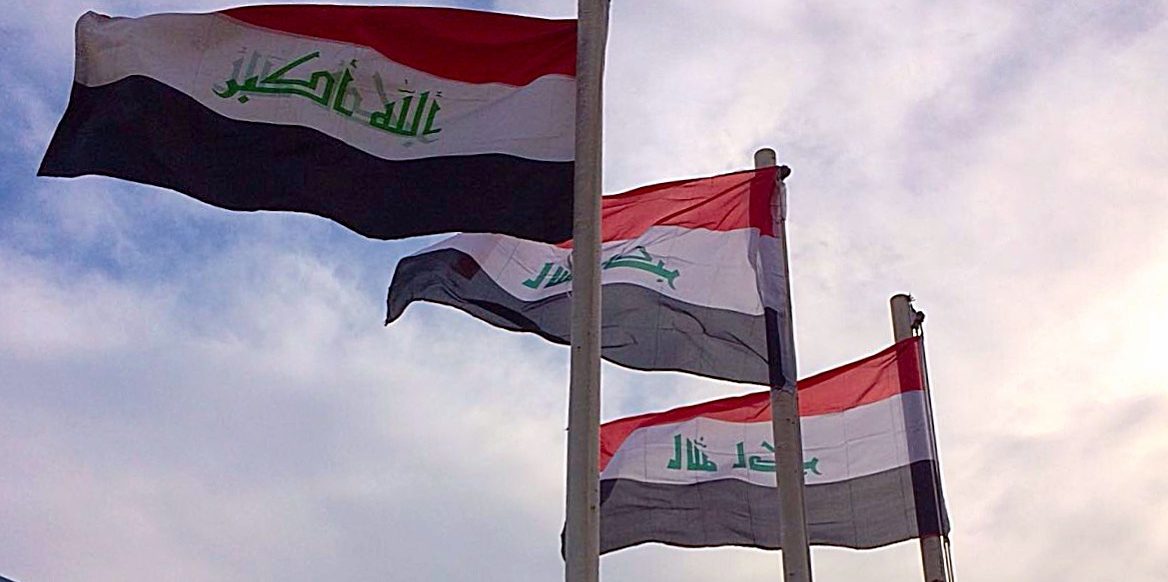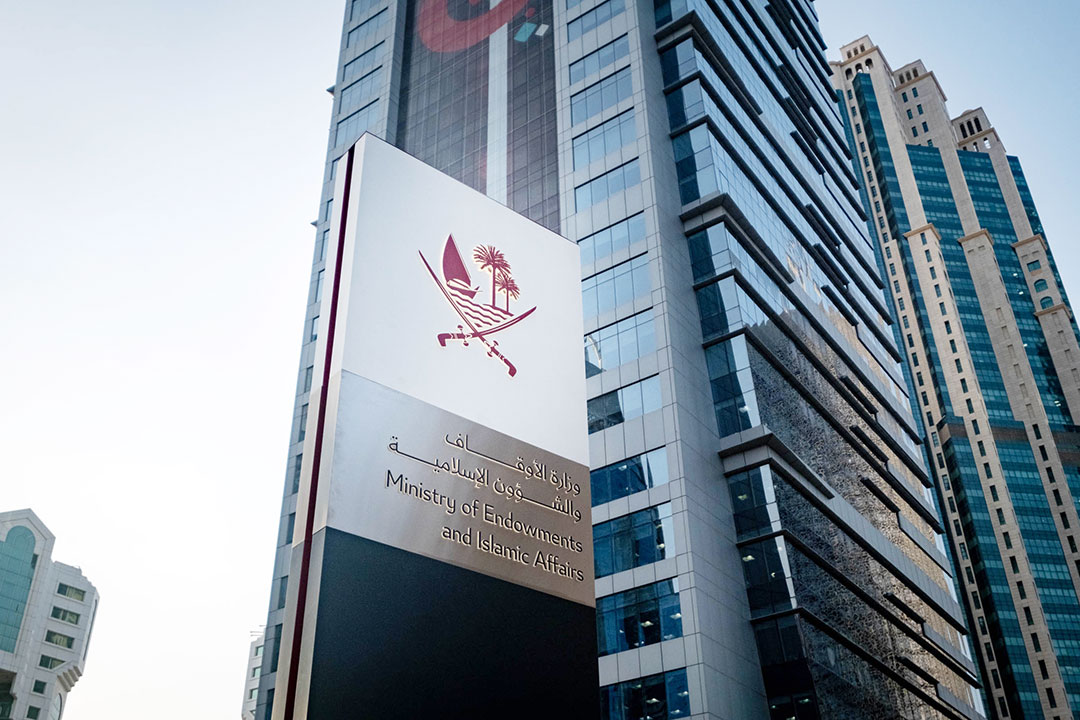The tents were created by Zaha Hadid Architects.
Tents used to host World Cup fans will be donated for refugees and internally displaced populations in Syria, Turkey, and Yemen, the Supreme Committee for Delivery & Legacy (SC) and the Education Above All (EAA) Foundation announced.
This comes as part of an effort to safeguard a legacy looking for the games after the final whistle of the 2022 World Cup is blown.
Some of the tents were used to serve Qatar 2022 guests at events, including at the Fan Festival at Al Bidda Park.
The announcement came during the closing ceremony of the ‘Scoring for the Goals’ campaign on Saturday, where Sheikha Moza bint Nasser, EAA Chairperson, was also in attendance.
“This tent will be taken apart and sent to a war-torn country to be used as a classroom for displaced children. Other tents being used in the World Cup will be sent to Yemen and Syria,” said Sheikha Moza from the Sustainable Development Goals Pavilion tent designed by Zaha Hadid Architects.
Through a collaboration with the International Migration Organization and Qatar Red Crescent, around 27 tents will be used as classrooms, clinics, and emergency shelters for people who have been forced from their homes by conflict and disaster.
The tents are sustainable, weatherproof, modular structures that can be readily moved and disassembled, with parts that can also be repurposed. They also allow for natural lighting.
Emphasing the promotion of Sustainable Development Goals through the World Cup in Qatar, Sheikha Moza said: “We have used the platform created by a world event to highlight matters crucial to all of us. This can be done wherever the limelight falls.”
“Unlike the teams in this World Cup, the SDGs do not compete, and every one of them must be achieved. If every action we take – from refilling a water bottle to building a school – is made with thought and purpose, then our planet has a future. Let us strive for that future,” she added.
World Cup legacy
Stadium 974, which was constructed using 974 shipping containers and represents Qatar’s international dialling code, was the World Cup’s first-ever temporary stadium.
The stadium’s final game saw Brazil and South Korea fight for a spot in the quarter-finals.
Several sources report that the dismantled stadium could be transported to nations in need of infrastructure, and the area of the deconstructed stadium will be used to make way for a waterfront business development.
The stadium, which is the first fully demountable covered football stadium, is a tribute to Qatar’s dedication to cost-effective sustainability.
Plans have also been made for what will happen to the other stadiums after the tournament.
As part of a sustainability initiative, the majority of the 2022 World Cup’s venues will reduce their post-tournament capacity from 40,000 to 20,000.
Authorities in Qatar have promised to provide 170,000 of removed seats from stadiums to underdeveloped nations.







